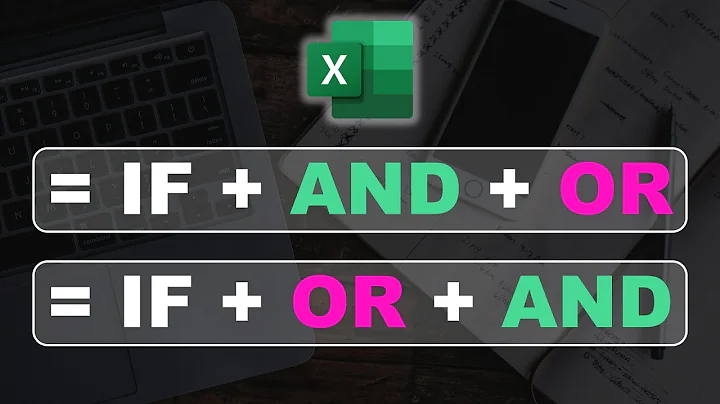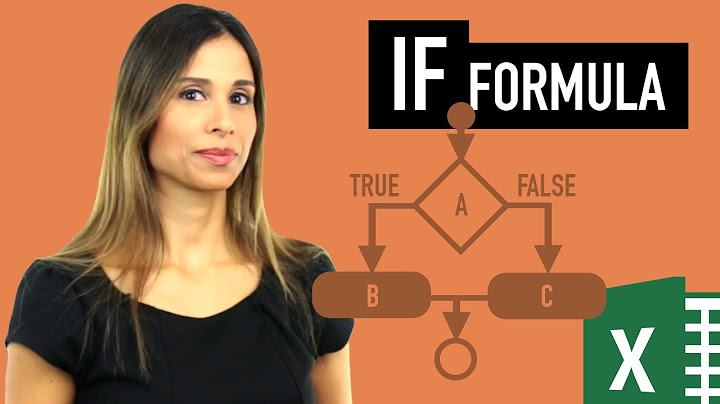How to concatenate factors, without them being converted to integer level?
Solution 1
From the R Mailing list:
unlist(list(facs[1 : 3], facs[4 : 5]))
To 'cbind' factors, do
data.frame(facs[1 : 3], facs[4 : 5])
Solution 2
An alternate workaround is to convert the factor to be a character vector, then convert back when you are finshed concatenating.
cfacs <- as.character(facs)
x <- c(cfacs[1:3], cfacs[4:5])
# Now choose between
factor(x)
# and
factor(x, levels = levels(facs))
Solution 3
Use fct_c from the forcats package (part of the tidyverse).
> library(forcats)
> facs <- as.factor(c("i", "want", "to", "be", "a", "factor", "not", "an", "integer"))
> fct_c(facs[1:3], facs[4:5])
[1] i want to be a
Levels: a an be factor i integer not to want
fct_c isn't fooled by concatenations of factors with discrepant numerical codings:
> x <- as.factor(c('c', 'z'))
> x
[1] c z
Levels: c z
> y <- as.factor(c('a', 'b', 'z'))
> y
[1] a b z
Levels: a b z
> c(x, y)
[1] 1 2 1 2 3
> fct_c(x, y)
[1] c z a b z
Levels: c z a b
> as.numeric(fct_c(x, y))
[1] 1 2 3 4 2
Solution 4
Wow, I never realized it did that. Here is a work-around:
x <- c(facs[1 : 3], facs[4 : 5])
x <- factor(x, levels=1:nlevels(facs), labels=levels(facs))
x
With the output:
[1] i want to be a
Levels: a an be factor i integer not to want
It will only work if the two vectors have the same levels as here.
Solution 5
This is a really bad R gotcha. Along those lines, here's one that just swallowed several hours of my time.
x <- factor(c("Yes","Yes","No", "No", "Yes", "No"))
y <- c("Yes", x)
> y
[1] "Yes" "2" "2" "1" "1" "2" "1"
> is.factor(y)
[1] FALSE
It appears to me the better fix is Richie's, which coerces to character.
> y <- c("Yes", as.character(x))
> y
[1] "Yes" "Yes" "Yes" "No" "No" "Yes" "No"
> y <- as.factor(y)
> y
[1] Yes Yes Yes No No Yes No
Levels: No Yes
As long as you get the levels set properly, as Richie mentions.
Related videos on Youtube
Keith
I'm interested in machine learning, functional programming, compilers and computational biology.
Updated on July 20, 2021Comments
-
Keith almost 3 years
I was surprised to see that R will coerce factors into a number when concatenating vectors. This happens even when the levels are the same. For example:
> facs <- as.factor(c("i", "want", "to", "be", "a", "factor", "not", "an", "integer")) > facs [1] i want to be a factor not an integer Levels: a an be factor i integer not to want > c(facs[1 : 3], facs[4 : 5]) [1] 5 9 8 3 1what is the idiomatic way to do this in R (in my case these vectors can be pretty large)? Thank you.
-
Keith almost 14 yearsGreat thanks! I've just figured out that unlist(list(facs[1 : 3], facs[4 : 5])) also works which is nice if you don't know ahead of time that facs is a factor type.
-
David J. over 11 yearsSetting levels manually in this way didn't work for my particular problem. (I have 0-based levels. I could have subtracted 1 and then reconstructed the factor, but, that is brittle and on the lesser end of the scrutabality spectrum, even for R.) Instead (hooray?) I went with
unlist(list(...)). -
DaveM over 3 yearsFor me this answer is the right one giving exactly the intended output!. Great












